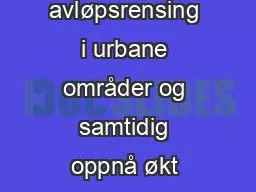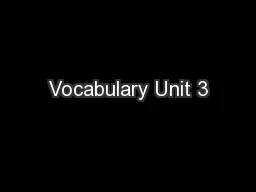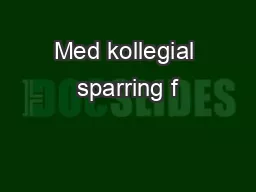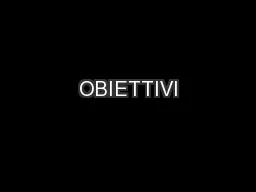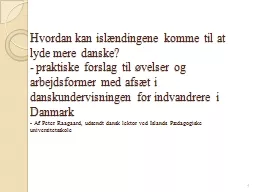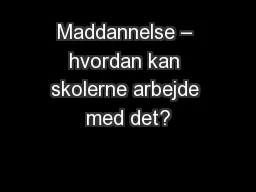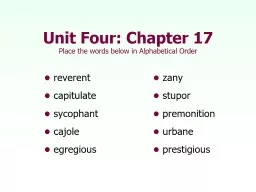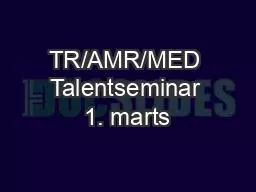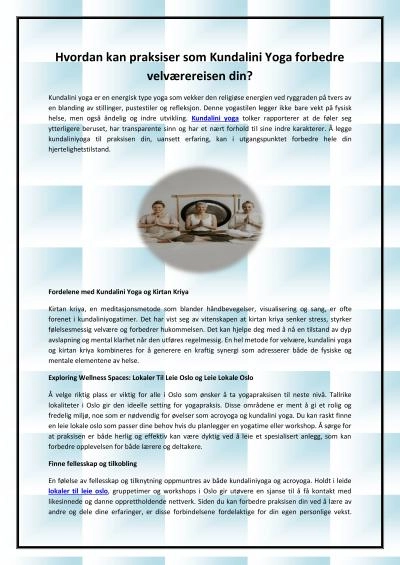PPT-Hvordan forbedre avløpsrensing i urbane områder og samtidig oppnå økt gjenbruk av
Author : stylerson | Published Date : 2020-08-28
David Gustavsson Research L eader Status for sirkulær økonomi i avløpsbransjen Oslo Nov 13 2019 Urban WWT of today centralised Urban WWT of today centralised
Presentation Embed Code
Download Presentation
Download Presentation The PPT/PDF document "Hvordan forbedre avløpsrensing i urbane..." is the property of its rightful owner. Permission is granted to download and print the materials on this website for personal, non-commercial use only, and to display it on your personal computer provided you do not modify the materials and that you retain all copyright notices contained in the materials. By downloading content from our website, you accept the terms of this agreement.
Hvordan forbedre avløpsrensing i urbane områder og samtidig oppnå økt gjenbruk av: Transcript
Download Rules Of Document
"Hvordan forbedre avløpsrensing i urbane områder og samtidig oppnå økt gjenbruk av"The content belongs to its owner. You may download and print it for personal use, without modification, and keep all copyright notices. By downloading, you agree to these terms.
Related Documents

